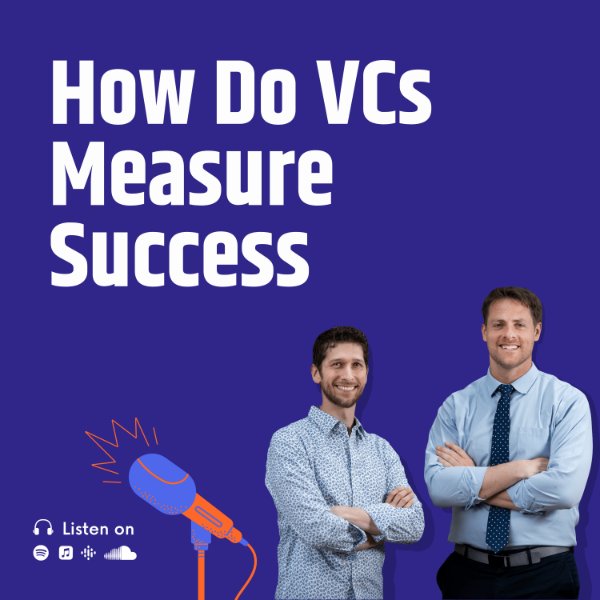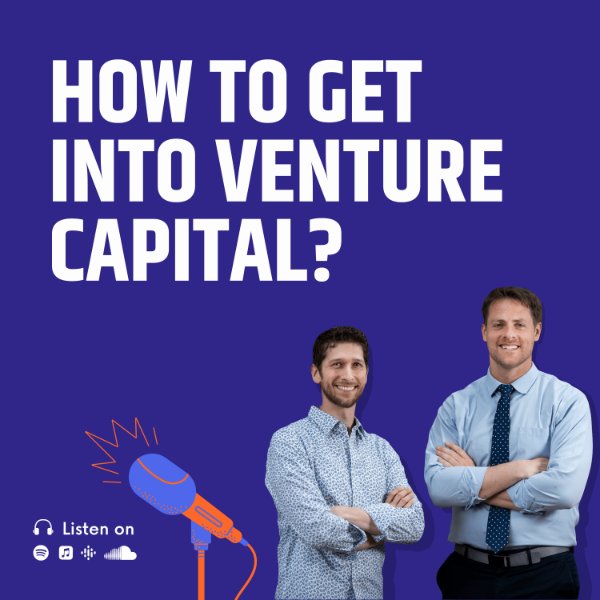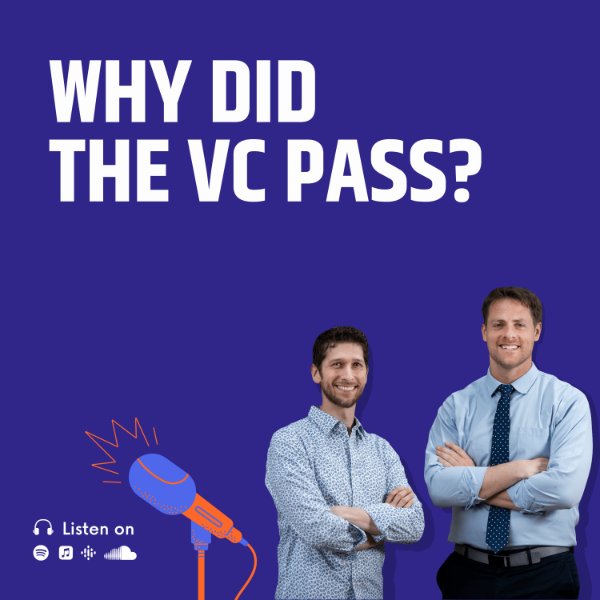
Can You Raise a Series A?
In today’s episode, Peter and Jon answer questions such as:
- How much annual recurring revenue is needed to raise a Series A?
- How many users do you need to raise a Series A?
- Is $1,000,000 in revenue enough?
What are the current standards, and has the market changed historical benchmarks? Join us for the podcast to find out!





